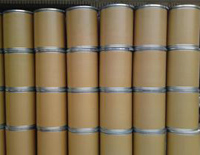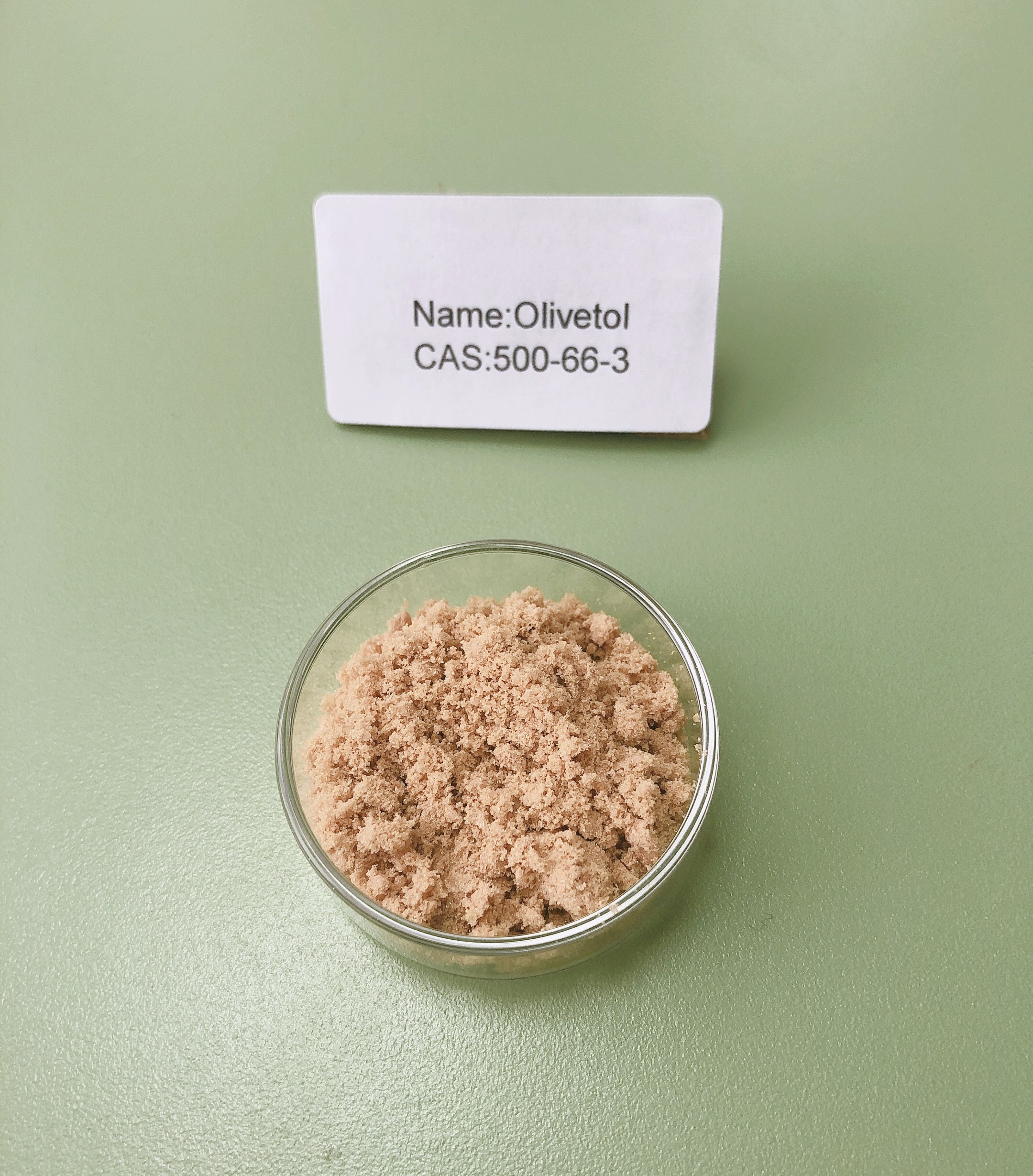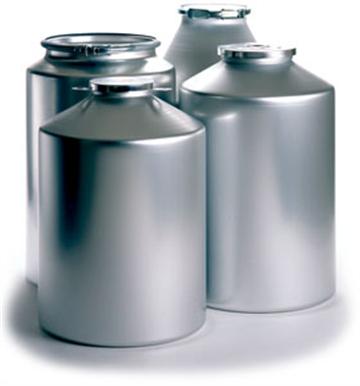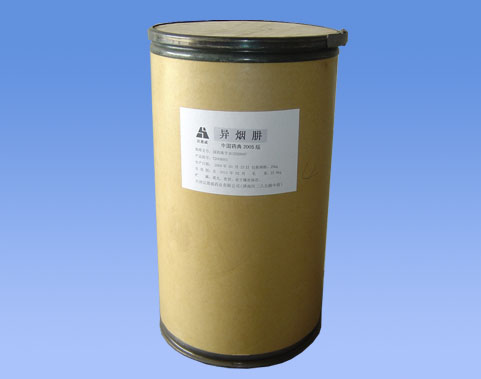CAS:364-62-5
Molecular Formula:C14H22ClN3O2
Alias
More Information
4-Amino-5-Chloro-N-[2-(Diethylamino)Ethyl]-2-Methoxybenzamide; 4-Amino-5-Chloro-N-[2-(Diethylamino)Ethyl]-2-Methoxybenzamide,Methoxychloroprocainamide; Metaclopramide; Methochlopramide; 4-Amino-5-Chloro-n-(2-(Diethylamino)Ethyl)-n-Anisamid; Methoxychloroprocainamide; Methoxychlorprocainamide;4-Amino-5-Chloro-N-(2-Diethylamino)Ethyl-o-Anisamide
Brief Introduction
Spit medicine. This product inhibits the dopamine receptor in the three receptor areas of emetic chemistry in the brain. It has a strong central inhibitory effect on vomiting, which is stronger than chlorpromazine. This product is only effective for vomiting caused by drugs, uremia and radiotherapy.
Suppliers
View More Vendors (2) >
Alias
More Information
1,3-Benzenediol, 5-Pentyl-; 5-Pentylbenzene-1,3-Diol; 5-Pentylresorcinol; 5-N-Amylresorcinol; 1,3-Dihydroxy-5-Pentylbenzene
Brief Introduction
3,5-dihydroxypentabenzene is an important pharmaceutical intermediate. It was first obtained by degrading lichen acid (also known as d-pinellic acid and amyl lichen phenolic acid) extracted from lichen plants. It is mainly used in laboratory R & D process and chemical production process.
Suppliers
View More Vendors (2) >
CAS:506-32-1
Molecular Formula:C20H32O2
Alias
More Information
5,8,11,14-Icosatetraenoic Acid; 5,8,11,14-Eicosatetraenoic Acid; Arachidonic; 5,8,11,14-Eicosatetraenoic Acid, (All-Z)-; Eicosatetraenoic Acid; (5Z,8Z,11Z,14Z)-5,8,11,14-Icosatetraenoic Acid; (All-Z)-5,8,11,14-Eicosatetraenoic Acid; (All-Z)-5,8,11,14-Eicosatetraenoicacid; 5,8,11,14-All-Cis-Eicosatetraenoic Acid; 5,8,11,14-Eicosatetrenoic Acid; ARA
Brief Introduction
This product is a nutritional fortifier and raw material for the synthesis of prostaglandins. Regulate the permeability of human cell membrane. It is very important for the development of brain, nerve and optic nerve system of infants and young children. It also plays an important role in the treatment of coronary heart disease, diabetes and prevention of cerebrovascular diseases.
Suppliers
View More Vendors (2) >
Alias
More Information
S-2-Propenyl 2-Propenethiosulfinate; Allisatin; Alls(O)Sall; S-Allyl Prop-2-Ene-1-Sulfinothioate; Allicin(Sh); Allantolin Allicin; Allitrid; 2-Propene-1-Sulfinothioic Acid S-2-Propenyl Ester; Allisure Liquid; S-2-Propen-1-Yl 2-Propene-1-Sulfinothioate; S-Prop-2-En-1-Yl Prop-2-Ene-1-Sulfinothioate; Allimed; 2-Propene-1-Sulfinothioic Acid, S-2-Propenyl Ester; 3-[(Prop-2-Ene-1-Sulfinyl)Sulfanyl]Prop-1-Ene; Alliosan; Allyl 2-Propenylthiosulfinate; Aricine(P); Dianyctrsnlgide; Allyl 2-Propenethiosulfinate
Brief Introduction
Allicin is an antibacterial substance, which can inhibit the growth and reproduction of dysentery bacilli, typhoid bacilli and Vibrio cholerae. It has obvious inhibition and killing effect on Staphylococcus, Streptococcus and pneumococcus, so it can reduce the incidence rate of chicken and fish. Adding a small amount of allicin to the feed of chickens, ducklings and layers can improve the survival rate of livestock chickens and ducklings and the laying rate of layers. Adding allicin to broilers and ducks can improve the feed utilization rate by 6% - 16%, improve the feed palatability, stimulate oral taste buds and increase animal feed intake. Allicin can improve the flavor of chicken and duck. For fish, allicin is mainly used for disease prevention, treatment and good food attractant. At the same time, it can also combine the added vitamin B1 with garlic thiamine to prevent the decomposition of vitamin B1 by vitamin B2 decomposition enzyme in live bait (FISH). Garlic thiamine has the same effect as vitamin B1, but its absorption is better than vitamin B1 and its physiological effect is better. Therefore, allicin can also prevent fish vitamin B1 deficiency, reduce feed coefficient and promote fish growth.
Suppliers
View More Vendors (2) >
Alias
More Information
Isonicotinohydrazide; Pyridine-4-Carboxylic Hydrazide; Isonicotinic Hydrazide; Rimifon; INH; Isoniazid/INH; Isonicotinylhydrazide; Pyridine-4-Carbohydrazide; Isonicotinic Acid Hydrazide; 4-Pyridinecarbohydrazide; 4-Pyridine-Carbonic Acid Hydrazide; 4-Pyridinecarboxylic Acid Hydrazide
Brief Introduction
Isoniazid is the most reliable and most commonly used medication for tuberculosis. Isoniazid therapy is often associated with minor, transient and asymptomatic elevations in serum aminotransferase levels but, more importantly, isoniazid is a well known cause of acute clinically apparent liver injury which can be severe and is sometimes fatal.
This product is an anti tuberculosis drug for various kinds of tuberculosis.
Suppliers
View More Vendors (2) >
Inquiry (
10
/ 10
)
Clear All
Sign In
Error!










